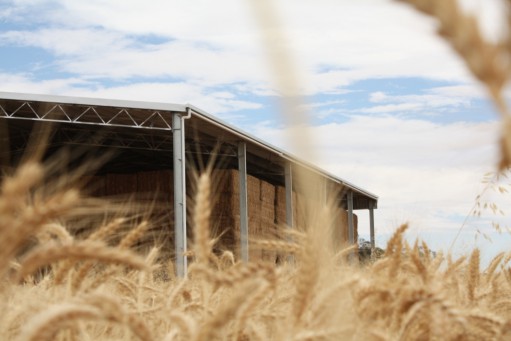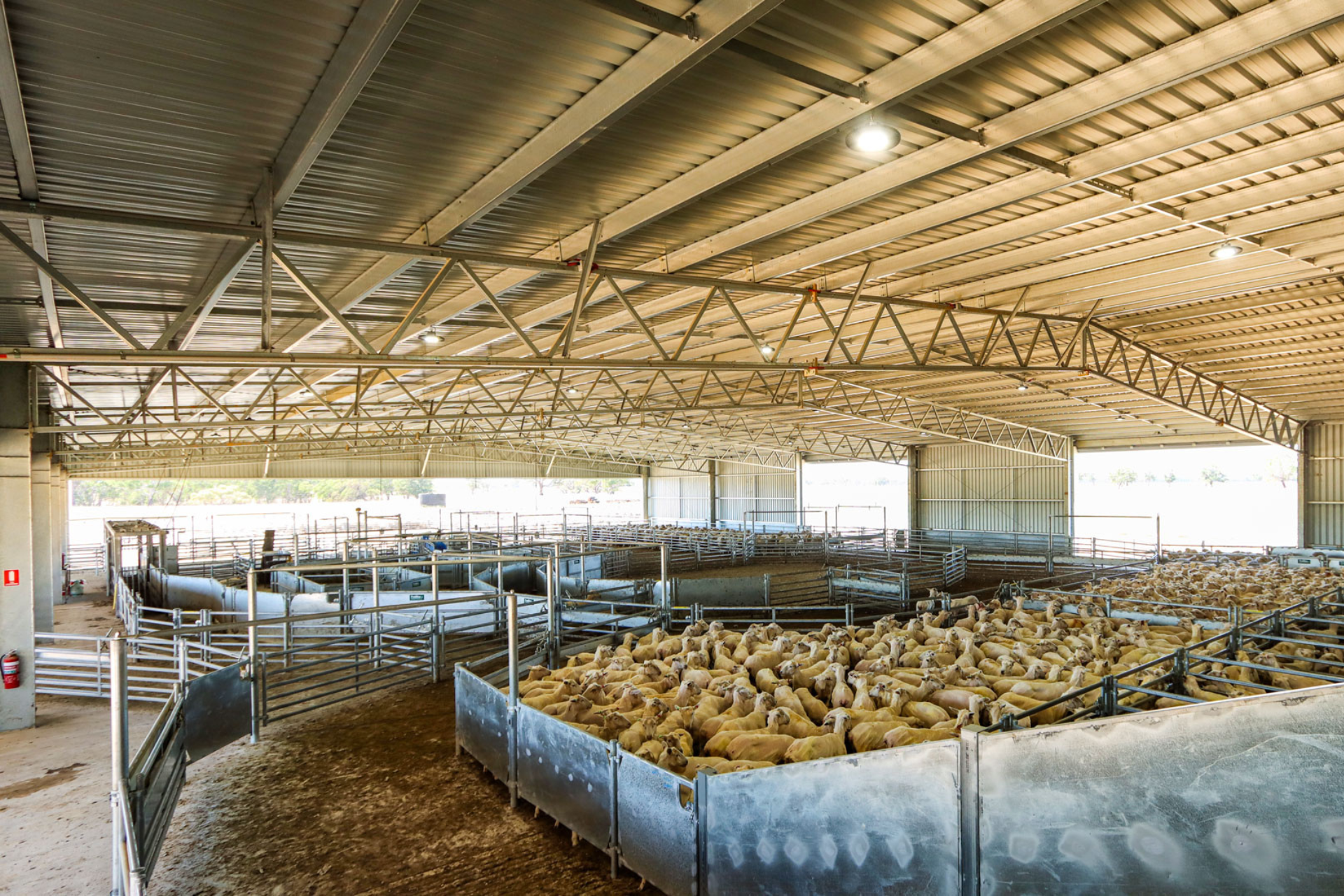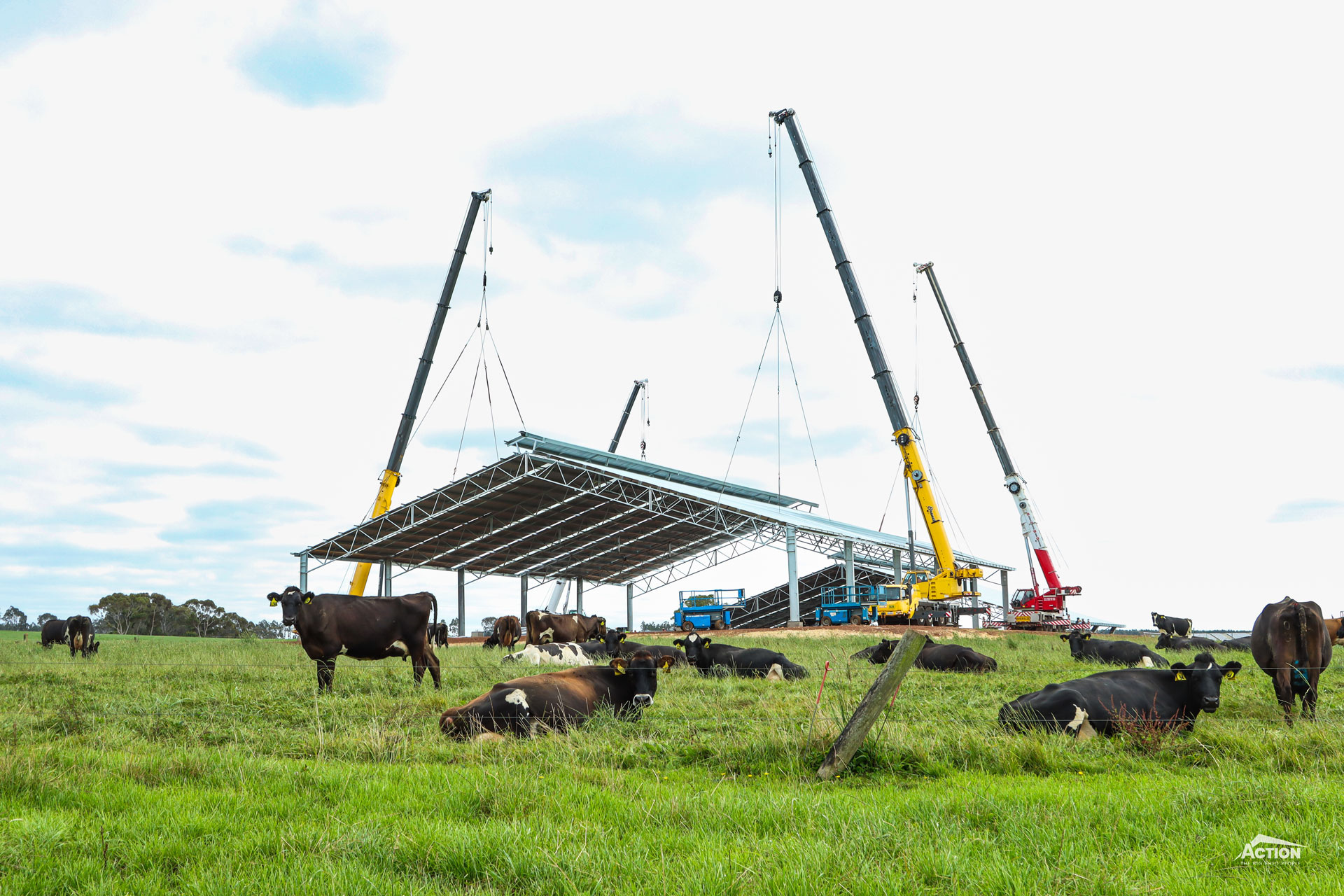Weather affects grain in a number of ways. While we can’t control the weather, here are a few strategies to help manage the impact of the weather on grain.
Varieties
- Some varieties of grain are more prone to weather damage at harvest because of their sensitivity to pre-harvest sprouting. When these grains mature, they should not be left in the paddock for an extended period as most of the damage from rainfall occurs at this point.
- To avoid frost damage, the best varieties to sow are those that flower after the first main frost.
Timing
- To reduce the risk of pre-harvest sprouting, time harvesting to avoid damaging rain where possible.
- Adjust sowing time and/or grain variety to suit frost conditions and thus avoid severe frost damage, bearing in mind that sowing cannot be delayed too late as lack of moisture and other factors will not allow the grain to finish filling.
- To facilitate effective timing, stay up to date with forecasts and changing weather conditions and act accordingly.

Crop growth stage at time of harvest
- When a crop is harvested prematurely, there will be a lot of immature grains. These grains have a lower germination percentage compared to mature grains. Grain with less than 98% germination is usually considered unsuitable for malting.
Drying conditions
- The germination percentage of grains will decrease when dried in conditions above 43°C.
- Effective drying conditions include
Storage conditions
- When grain is poorly stored, high moisture levels and temperatures can affect the embryo and thus the ability of the grain to germinate. On the other hand, storage with lower temperature and moisture levels allows for grain to be stored for longer before the quality deteriorates. There is also more risk of pest and insect infestation when grain is poorly stored.
- The quality of grain can be maintained when storage conditions including moisture content, moisture migration, temperature, oxygen supply and ventilation of storage are controlled and monitored.







